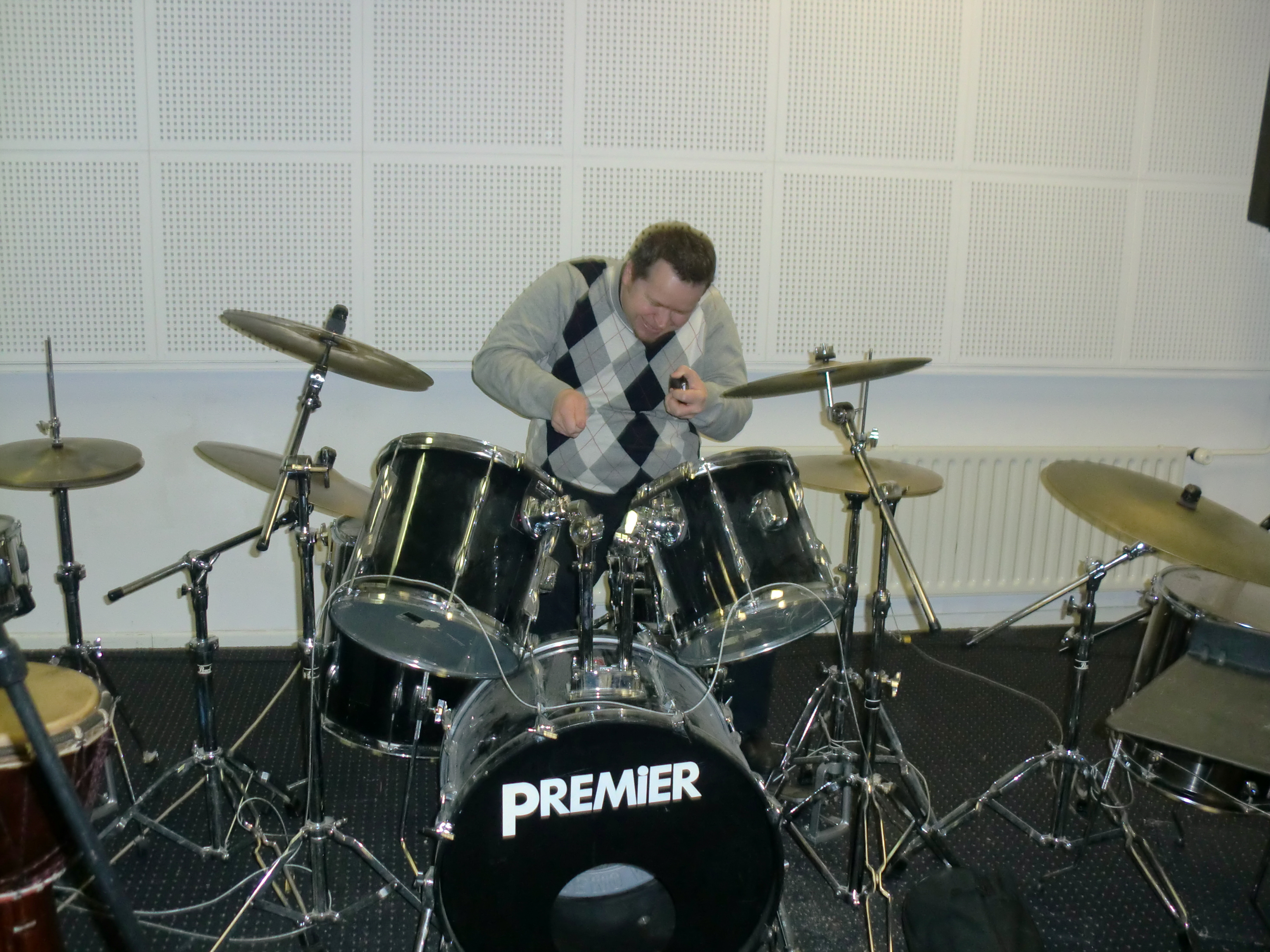Doing research on neural recording & stimulation that are dedicated to recovering human senses, a question like this may come to your mind: "between loss of hearing and vision loss, which one will make me suffer the most"
It’s a difficult question to answer…and for sure noone wants to experience it. But let’s see what famous people say…
Beethoven stated that "….for me there can be no relaxation in human society; no refined conversation, no mutual confidences. I must live quite alone and may creep into society only as often as sheer necessity demands… Such experiences almost made me despair, and I was on the point of putting an end to my life…"
Helen Keller wrote "…I am just as deaf as I’m blind. The problems of deafness are deeper and more complex, if not more important, than those of blindness. Deafness is much worse misfortune. For it means the loss of the most vital stimulus — the sound of the voice that brings language, sets thoughts astir and keeps us in the intellectual company of man."
Three, my favourite Dutch band 😉 sings in their song ‘Way back from the Hague‘ that "Silence came over me!!!!" …and " Darkness is all I can see."
Caraboa, the most famous Thai rock band also has a song dedicated to a blind musician called ‘Wanipok‘. In short it says (interpreted by me): ‘when my eyes are covered by darkness, my life is still illuminated… by music.’
For me, silence will isolate us from the society and this will lead us to a deep loneliness. Sometimes… just listening to songs, beautiful scenes can occur in our minds. Is the brain playing tricks on us? Or does it imply that losing sense of hearing is more severe than being blind and darkness is not what blind people can only see.
On March 18th, there will be the 2nd ELCA music festival in the EWI student pub Pub, at TUDelft. The Biomedical Group’s band will perform Wanipok, a cover, and many other songs. I really look forward to that 🙂



 This, of course, brings back memories of one of the famous scenes of the movie "
This, of course, brings back memories of one of the famous scenes of the movie "
